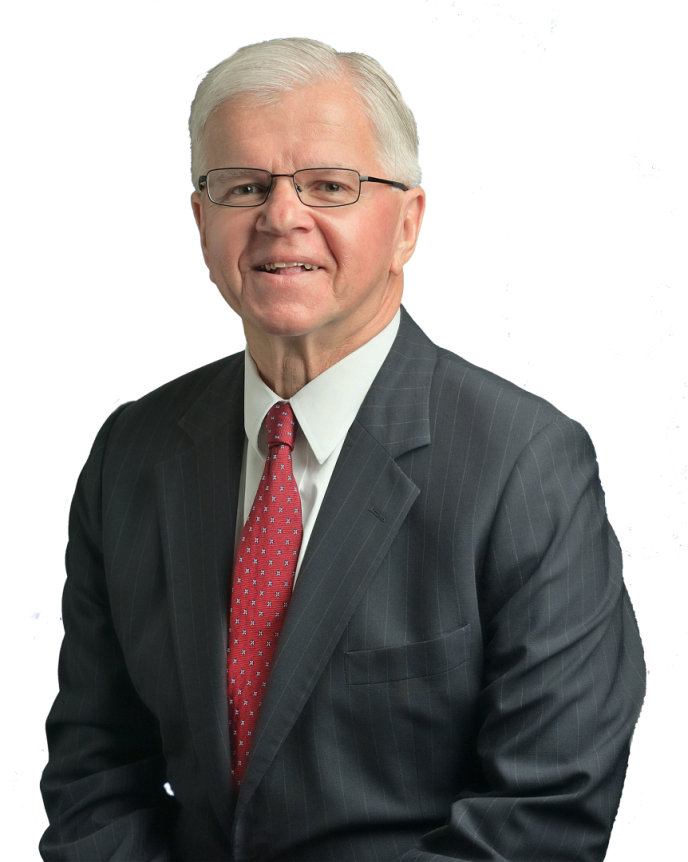Thiele Supports Governor Cuomo and Attorney General Schneiderman’s Intent to Sue EPA over Failure to Protect New Yorkers from Out-of-State Air Pollution
New York State Assemblyman Fred W. Thiele, Jr. (I, D, WF, WE-Sag Harbor) announced that he supports Governor Andrew Cuomo and Attorney General Eric Schneiderman’s move to file a notice of intent to sue the Environmental Protection Agency for violating the federal Clean Air Act by failing to curb ground-level ozone (or “smog”) pollution that blows into New York from upwind states.
At least one in three New Yorkers breathe air with unhealthy levels of smog pollution, with some analyses placing it as high as two in three New Yorkers (approximately 12.7 million people). The EPA’s own studies demonstrate that pollution from states upwind of New York contributes substantially to the state’s dangerous smog problem. Specifically, New York is asking that EPA require sources in five states – Illinois, Michigan, Pennsylvania, Virginia and West Virginia – do their fair share to address pollution impacting New York.
The “Good Neighbor” provision of the federal Clean Air Act requires the EPA to step in and adopt plans to reduce interstate smog pollution when the actions of upwind states are not sufficient to ensure that federal smog health standards can be met and sustained in downwind states like New York. The EPA’s obligation under the Act to adopt such plans – known as “Federal Implementation Plans” or “FIPs” – reflects the Agency’s unique position and authority as a federal agency to ensure that the individual efforts of multiple downwind states will be sufficient, in aggregate, to solve regional air pollution problems, such as smog.
On August 12, 2015, the EPA determined that the planned actions of 24 states, including several states upwind of New York (Illinois, Michigan, Pennsylvania, Virginia, and West Virginia), would not sufficiently and collectively reduce pollution emissions to ensure that federal smog health standards could be met and sustained in New York. This determination triggered a two-year deadline under the Clean Air Act – ending August 12, 2017 – for the EPA to adopt FIPs for these upwind states. Despite this statutory deadline, the EPA has to date failed to adopt these legally-mandated plans.
Relatedly, a federal court recently held that the EPA had not fulfilled its obligation to issue a FIP for Kentucky’s Good Neighbor provision obligations under the 2008 ozone standard by the statutory deadline and, in May 2017, denied a Trump EPA request for an additional 20-month delay in issuing the FIP.
The Clean Air Act requires parties to provide the EPA notice of their intention to sue the Agency under the Act. Accordingly, Attorney General Schneiderman informed EPA Administrator Scott Pruitt that unless the Agency fulfills its mandatory duty under the Good Neighbor provisions of the Act and protects New Yorkers from smog pollution within 60 days, he will sue them to compel Administrator Pruitt to fulfill that duty.
New York has some of the strictest air quality regulations in the country and pollutants that cause smog – such as nitrogen oxides and volatile organic compounds – are well controlled. In fact, New York has among the lowest emissions of NOx and VOCs in the country. Despite New York’s best efforts to combat smog pollution, however, the New York City metropolitan area has struggled for years to meet the federal health standard for smog and – according to the 2017 America Lung Association report – it is the ninth most smog-polluted area in the nation.
There a number of dangerous health impacts associated with elevated levels of smog, including lung tissue damage, and aggravation of existing conditions, such as asthma, bronchitis, heart disease and emphysema, according to the EPA. Exposure to smog is also linked to premature death. Some groups – including children, the elderly, and those with existing lung diseases, such as asthma – are at especially heightened risk from smog pollution.
Smog is not emitted directly into the air, but forms when other pollutants, such as nitrogen oxides and volatile organic compounds, react in the presence of sunlight. NOx and VOCs can travel hundreds of miles after they are emitted. The EPA has recognized for decades the regional nature of the smog, and that pollution from power plants, motor vehicles, factories, refineries and other emission sources located in multiple upwind states contributes to downwind states’ smog problems. Because of this, the EPA has long known that downwind states cannot solve their smog problems on their own, and that reducing smog in downwind states such as New York requires upwind states to reduce their “interstate transport” of smog pollution.
